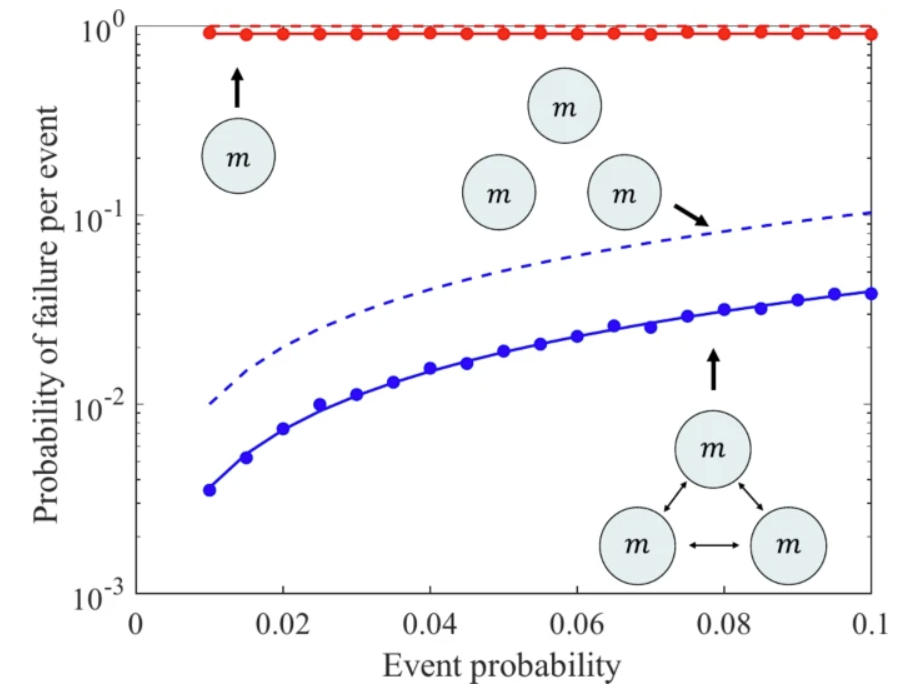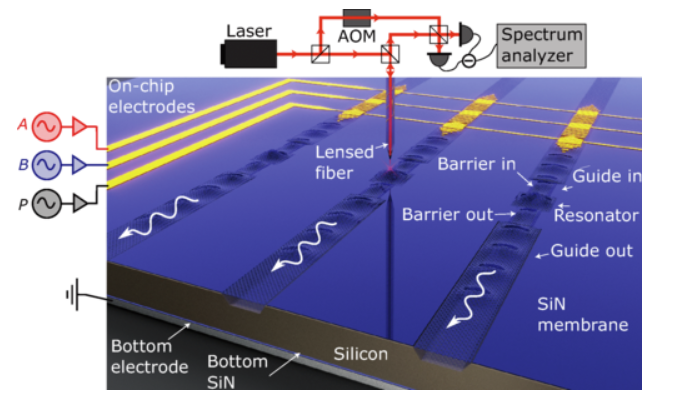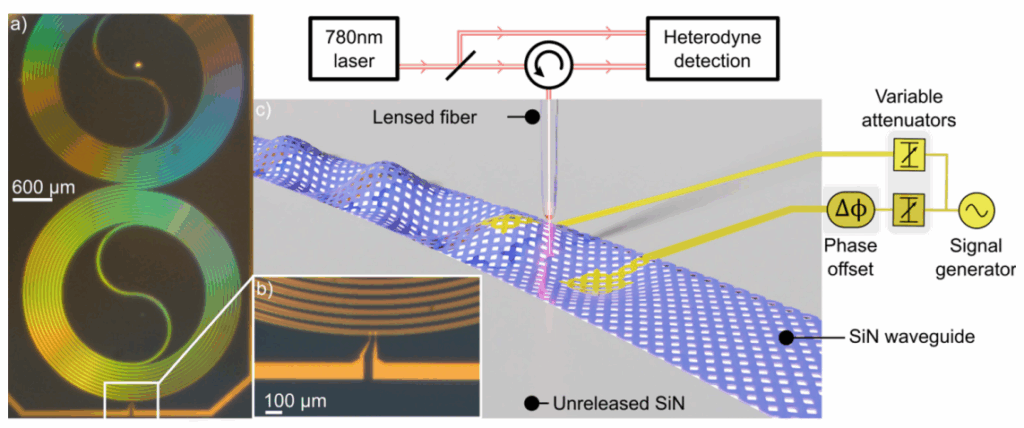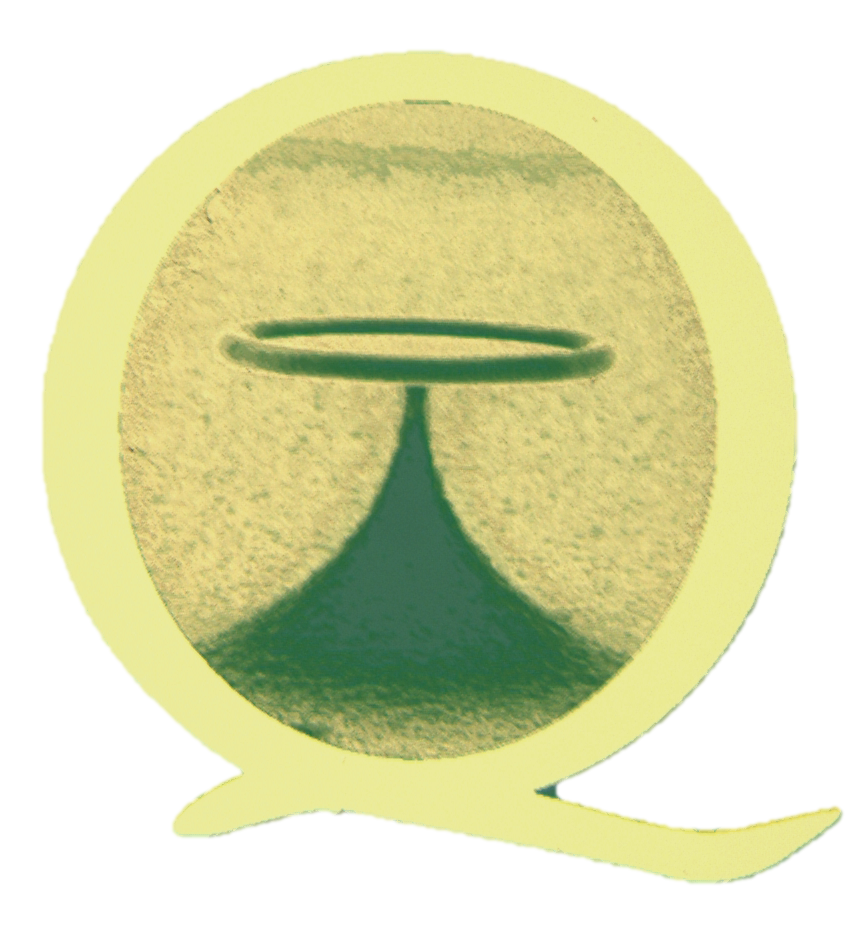The goal of this research is to develop the building blocks for scalable integrated phononic circuits, similar to those existing in the electronic and optical realms. Phononic circuits have many potential applications, including scalable computing based on mechanical vibrations, or phonons, confined at nanoscale in acoustic waveguides on a silicon chip. Nanomechanical computers of this kind promise inherent robustness to the ionising radiation that degrades semiconductor electronics in low-earth-orbit and deep space environments, as well as in close proximity to nuclear reactors and particle accelerators.
Recent Work
Engineering error correcting dynamics in nanomechanical systems

Nanomechanical oscillators are used to encode information and are therefore extremely useful in the context of computing. They promise better operating conditions in harsh environments compared to semiconductor-based machine, however, they are vulnerable to transient errors called single-event upsets (SEUs) which occur frequently in conventional computers. In this work, we demonstrate a system of Duffing oscillators that showcase a novel approach to using SEUs for error-correction.
Read more:
X. Jin, et al., Engineering error correcting dynamics in nanomechanical systems. Scientific Reports. 14, 20431, (2024).
Acoustically driven single-frequency mechanical logic

This work presents the first demonstration of an all-acoustic logic gate, utilising the biostability of a nonlinear mechanical resonator coupled to input and output acoustic waveguides. A universal NAND gate is realized with an exceptionally low error rate, establishing a key milestone toward scalable mechanical computing. This approach offers the potential for low energy consumption per operation and inherent robustness in harsh environments, such as space, outperforming conventional electronic systems in these conditions.
Read more:
E. Romero, et al., Acoustically driven single-frequency mechanical logic. Phys Rev Applied. 21, 054029, (2024).
Directional emission in an on-chip acoustic waveguide

Directional emission is a key feature of wave-based technologies, as it saves energy by only sending waves in the desired direction, and allows new applications based on wave steering. In this work we showed we can perform directional emission on a suspended mechanical waveguide by using a very simply two-emitter phased array. This adds directional emission into the toolbox of phononic circuit design.
Read more:
T. M. F. Hirsch, et. al., Directional emission in an on-chip acoustic waveguide. Appl. Phys. Lett. 124 1: 013504, (2024).

